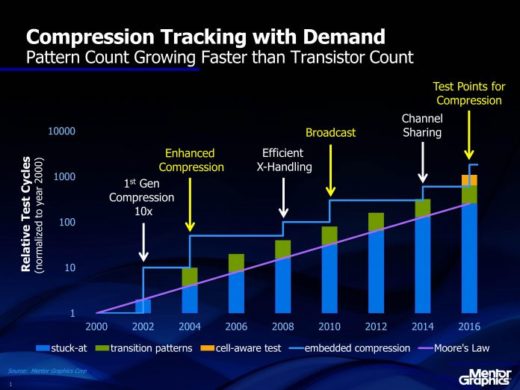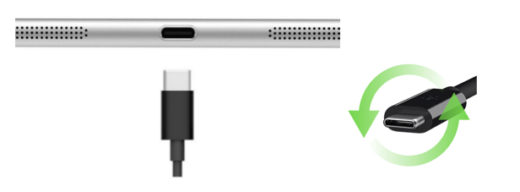Article Roundup: USB Type-C, Solving Heisenbugs, Computational Fluid Dynamics, and more
- Modern Designs Bring New Heat Transfer and Fluid Flow Challenges
- Finding Evasive System-Level Bugs Using Memory Consistency Algorithm
- Scan ATPG and Compression are Beating Moore’s Law
- OS Migration
- USB Type-C: Verification Challenges and Solutions
Modern Designs Bring New Heat Transfer and Fluid Flow Challenges
Siemens PLM Community

Heat transfer and aerodynamic engineering challenges grow as today’s smart devices evolve. To address these challenges, Siemens Solid Edge and FloEFD for Solid Edge from Mentor Graphics have formed a partnership. Engineers can now quickly prepare and analyze their CAD model without the need to translate the data or prepare a separate fluid body CAD model.
Finding Evasive System-Level Bugs Using Memory Consistency Algorithm
Semiconductor Engineering
Got a bad Heisenbug? You might want to take a look at what memory consistency check can do for you. This bug hunting technique is great for finding bus fabric problems (like the one described in this article), but also good at isolating cache coherency problems.
Scan ATPG and Compression are Beating Moore’s Law
Evaluation Engineering

Moore’s Law is the standard reference for semiconductor scaling – designs, driven by technology advancements, double in size every two years. This article explains how ATPG has managed to stay a step ahead of semiconductor progress. As design process technologies continued to scale down and design sizes continued to go up, silicon test times were controlled through continuous improvements in ATPG algorithms.
OS Migration
Elsevier SciTech Connect
About 20% of developers anticipate a change of operating system for their next project. Why do embedded software engineers choose to use the same OS time and again? Colin Walls identified two specific reasons why they don’t change.
USB Type-C: Verification Challenges and Solutions
Tech Design Forum

The USB Type-C connector is a versatile alternative to the Type-A connector and is already gaining traction in laptops, tablets, and desktops. This article provides an introduction to USB Type-C and explains how verification IP plays an important role in achieving the best implementation.
